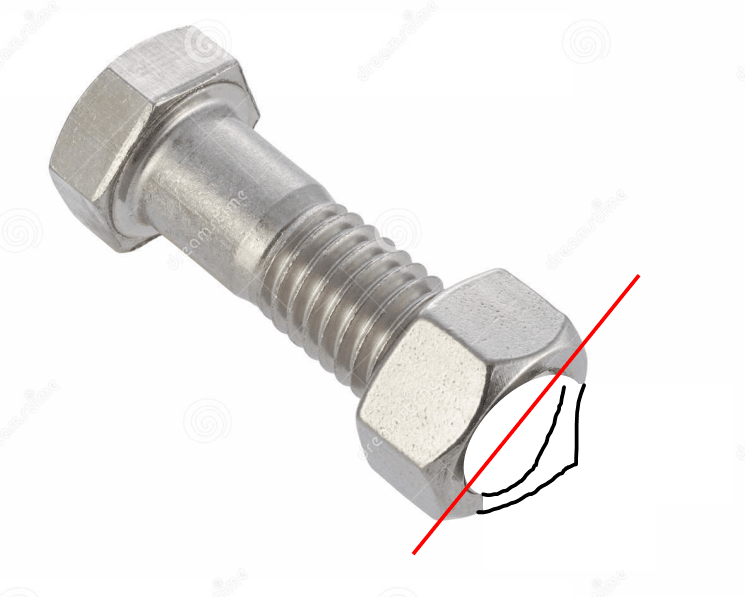Matty.T
Industrial
- Mar 15, 2019
- 1
Machine screws are slowly working loose due to vibration on a CNC lathe.
We have now got some stainless steel screws with a nylon thread locking compound which has reduced the rate at which they work loose. I am looking into other products such as locking nuts. Does anyone have any tips please?
We have now got some stainless steel screws with a nylon thread locking compound which has reduced the rate at which they work loose. I am looking into other products such as locking nuts. Does anyone have any tips please?

